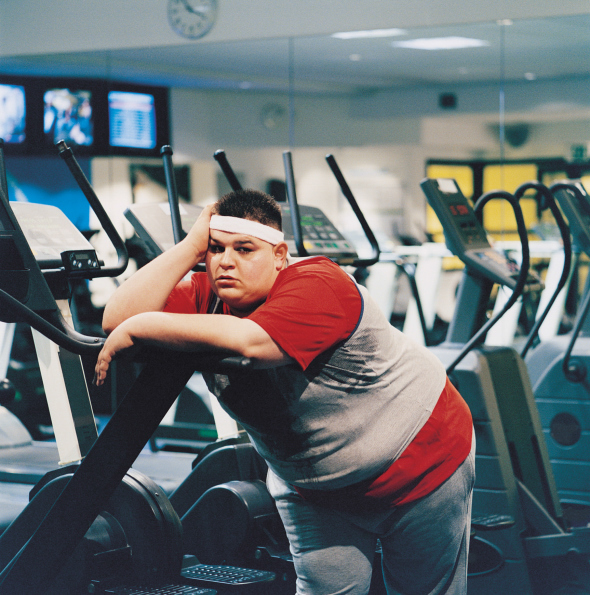Boost Heart Health with High Intensity Interval Training

Short bursts of high intensity interval training may provide a more realistic alternative for preventing and managing Type 2 diabetes, as well as promoting weight loss, according to a paper published in Obesity Reviews.
This was a meta-analysis, meaning researchers searched databases to review multiple studies examining the effects of high-intensity interval training (HIIT) on specific health parameters. In this case, 50 studies were included in the research, paying particular attention to insulin resistance, blood glucose, hemoglobin A1c, body weight, and cardiorespiratory fitness.
Researchers found short bursts of vigorous activity in quick succession to be more “effective” when compared to longer forms of exercise in regards to how the body uses and stores blood sugar.
A majority of individuals diagnosed with type 2 diabetes are also classified as overweight or obese. Type 2 diabetes impacts your entire body: vision, kidneys, heart, etc. If you have high triglycerides, this is an indicator for greater risk for developing type 2 diabetes.
Treatment plans for type II diabetes, high triglycerides, and weight management included diet and physical activity.
The effects of exercise on the body’s insulin sensitivity and ability to utilize blood sugar are well proven. The effects of exercise on weight management is debatable.
Continue reading
Increase Exercise Intensity to Strengthen Heart
 There are some studies that suggest a higher intensity interval workout routine, such as those used by athletes, may be beneficial for patients with heart conditions.
There are some studies that suggest a higher intensity interval workout routine, such as those used by athletes, may be beneficial for patients with heart conditions.
High intensity interval training involves short bursts of intense exercise at 85-95% maximum heart rate. These short bursts are alternated with periods of moderate exercise. This workout method is frequently used by athletes to improve speed and endurance.
If this type of training were to be recommended for heart patients it’d be a change from the standard protocol of steady aerobic exercise at 70% maximum heart rate. This lower level of intensity is intended to work the heart without risking chest pain, heart attack, or other complication.
4 Steps to Overcome a Weight Loss Plateau
 Hitting weight loss plateaus are a part of the weight loss journey. Don’t let them discourage you!
Hitting weight loss plateaus are a part of the weight loss journey. Don’t let them discourage you!
Here are four areas to begin evaluating first so you can overcome this hurdle and continue losing weight:
1. Too few calories
Weight Loss Plateau – Steps to Break Through
An individual recently submitted the following question at the Vital Health Zone:
I am 47 years old, I weigh 75 kg. I take Breakfast-oatmeal Lunch- 3 chappathis, Dinner-2 chappathi or cornflakes. Small meal 1 apple, 1 piece papaya, and some biscuits. I go for 1 hr morning brisk walk, and do half an hour exercises. But i have not reduced. For my age and ht I should be 55kg. What should I do?
Here’s the answer I provided:



